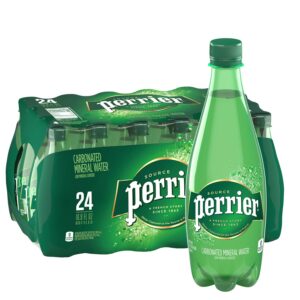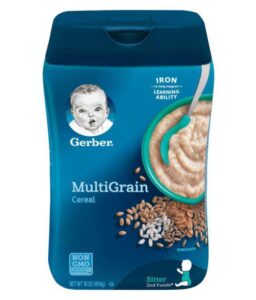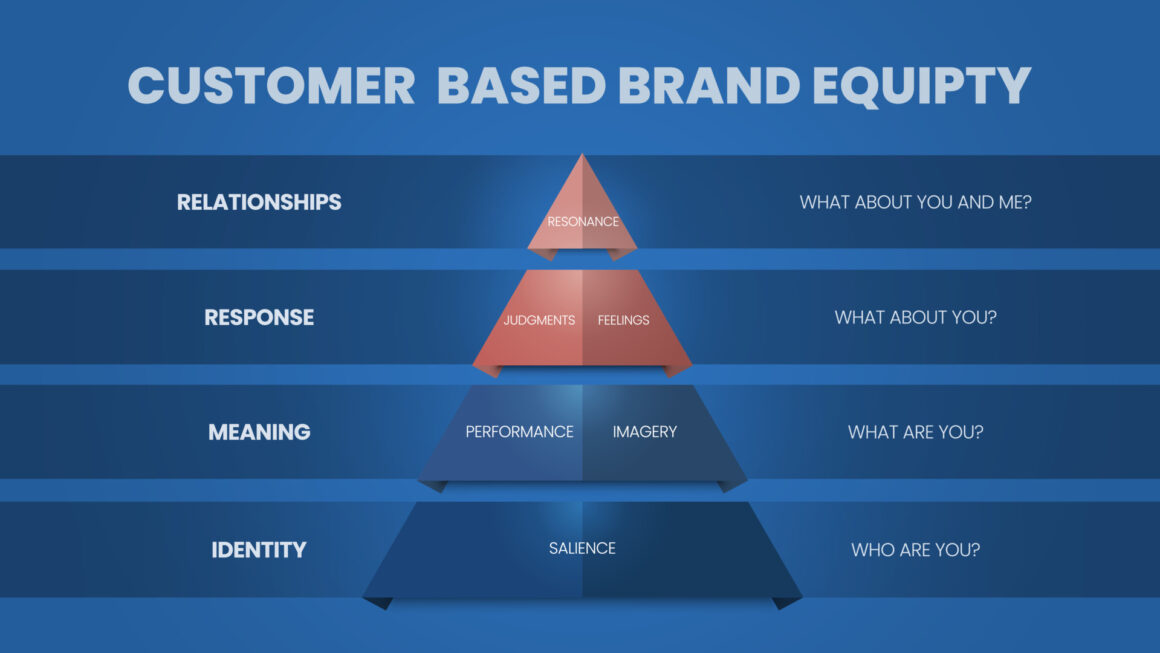Crisis Management or Reputation Management is a practice to regain and reshape public opinion about the company and organisation.
Many organisations like Toyota, Domino’s and many others have faced a brand crisis at some point or other, As a marketing manager, one should be prepared to tackle such a crisis. Many financial institutions like Bank of America, JP Morgan have been rocked by scandals and eroded investors trust.
Usually, crisis leads to:
- Lost sales
- Reduced effectiveness of Marketing campaigns
- Increased impact of Competitors marketing campaigns
- Loss of brand image and trustworthiness
Companies need to carefully plan and come up with a well-managed crisis management program.
Crisis Management Examples:
- Johnson & Johnson’s: 7 people died of Cyanide poisoning in 1982 in Chicago area from Tylenol, a painkiller, which was Johnson & Johnson‘s best selling product at that time, accounting for 17% of the revenue. The crisis management team recalled 31m bottles of Tylenol capsule and offered replacement bottles to customers, free of cost. The company launched triple tamper-proof packaging, successfully eliminating consumer worries.
Company response was swift and sincere. It gave a feeling in the consumer’s mind that the company truly cares about them. Listening is not enough. Johnson & Johnson’s come up with a proper solution to gain back consumer’s trust.

- Perrier recall: Perrier was the brand leader in the bottled water category. In 1994, french based Perrier was forced to halt production worldwide and recall all its existing product (160m bottles from 120 countries) when traces of Benzene was found in its bottled water. The product was off shelves for more than three months. The company offered several explanations, launched several ads and tried to gain back market share.
The initial explanation mentioned that it was an isolated incident, blaming a cleaner for improper use of a solvent in the USA plant and company recalled bottles from the USA. Shortly, benzene contaminated bottles were recovered from other parts of the world, and the company has to alter its explanation. It turned out that one of filter intended to remove benzene from CO2 gas was clogged.
The ads of Perrier used to state that the water is pure. It came with a tagline “It’s perfect. It’s Perrier”. Now the company recalled this ad that even as the presence of the slight amount of Benzene is not harmful to the health, the ad does not resemble with the companies positioning of being pure.
Now to prove that water is not contaminated, the company revealed that the Spring Perrier water was naturally carbonated, but water and carbon dioxide gas were captured independently. It gave the idea that the water was not naturally sparkling and the company had to drop these words from the label.
The differentiating factor for the brand was “purity”, and this image was tarnished. The consumers and retailers found satisfactory substitutes, and eventually, the brand never recovered. It was taken over by Nestle.
The company had no concrete crisis management plan nor a product recall insurance. The company also revealed incorrect statements and created confusion and scepticism in the consumer mind. The company lost its very value proposition that it used to sell – its purity.

- Gerber Baby Food: Gerber tried to reassure the public that there were no problems in their manufacturing plants when shards of glass were found in some jars of the baby food. The company adamantly refused to withdraw products from the shelves. Within a month, the market share went down from 66% to 52%.
Not putting baby food off shelves gave an appearance that the company does not care about the customers.

Thus, it is equally important that the organisations understand PR/brand crisis and takes steps in situations like defective & unsafe products, workplace harassment, corporate theft, negligence, corruption and poor consumer service.
Companies need to listen, identify, review & respond and once the crisis was over, companies need to monitor, update, analyse and learn.
[wpforms id=”320″ title=”true”]



